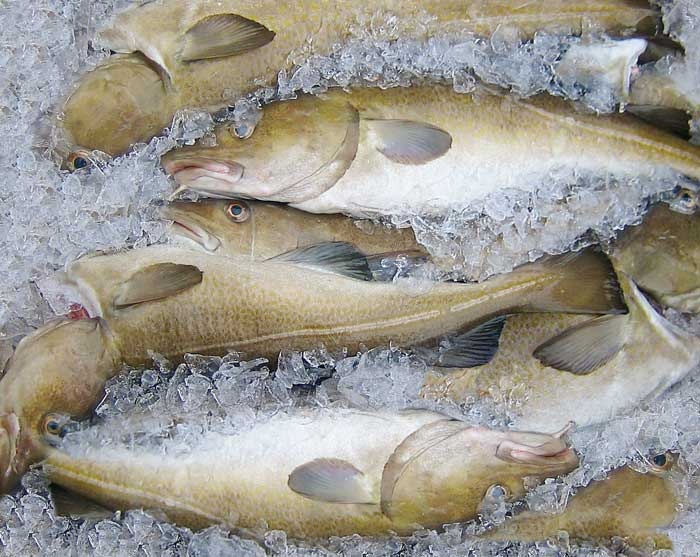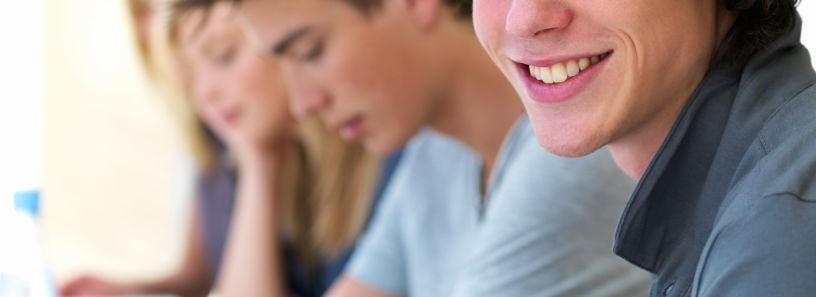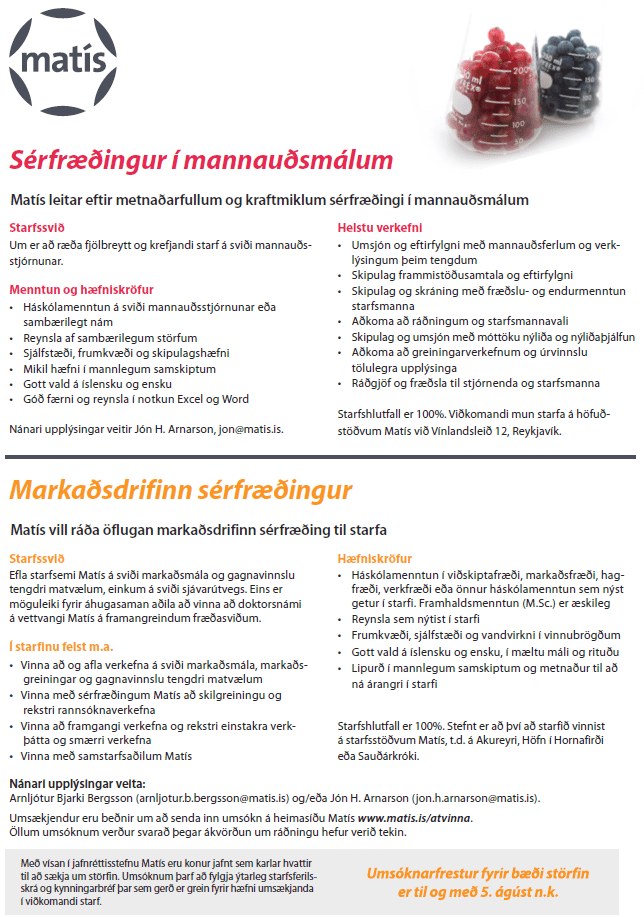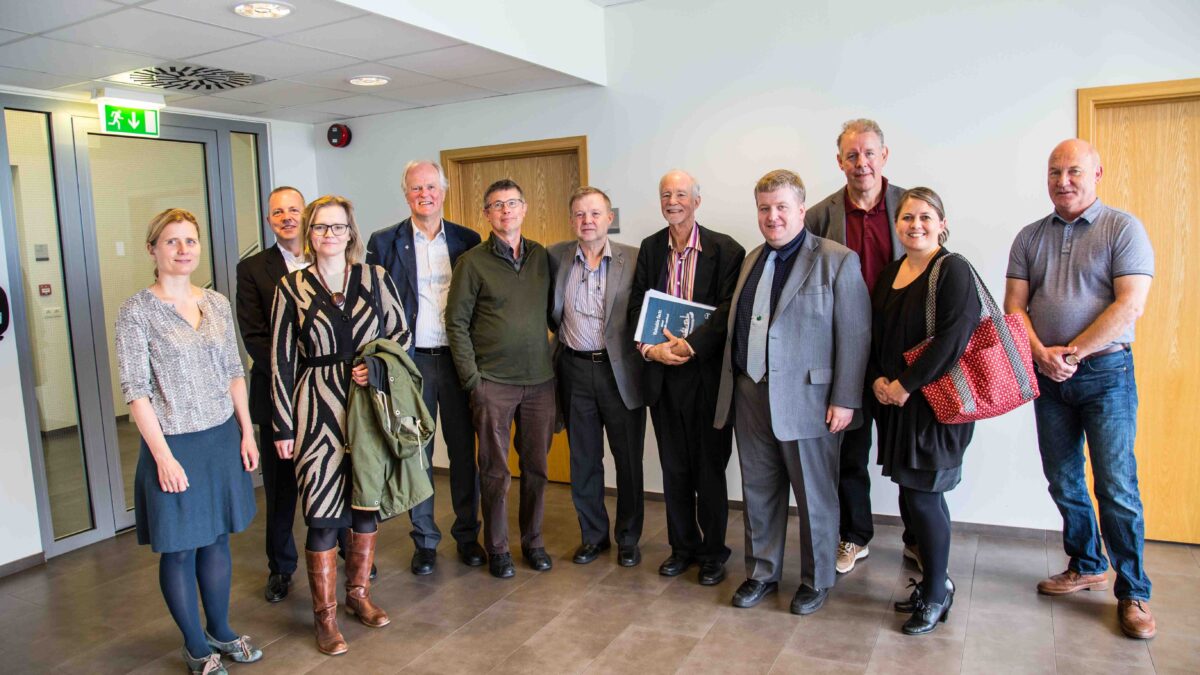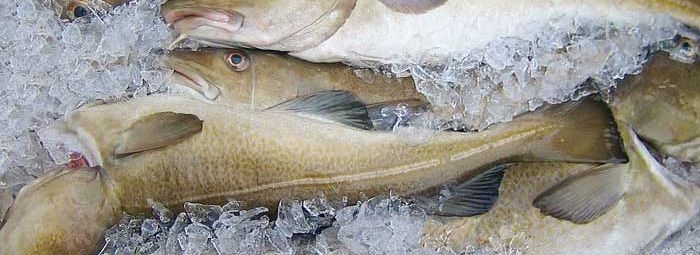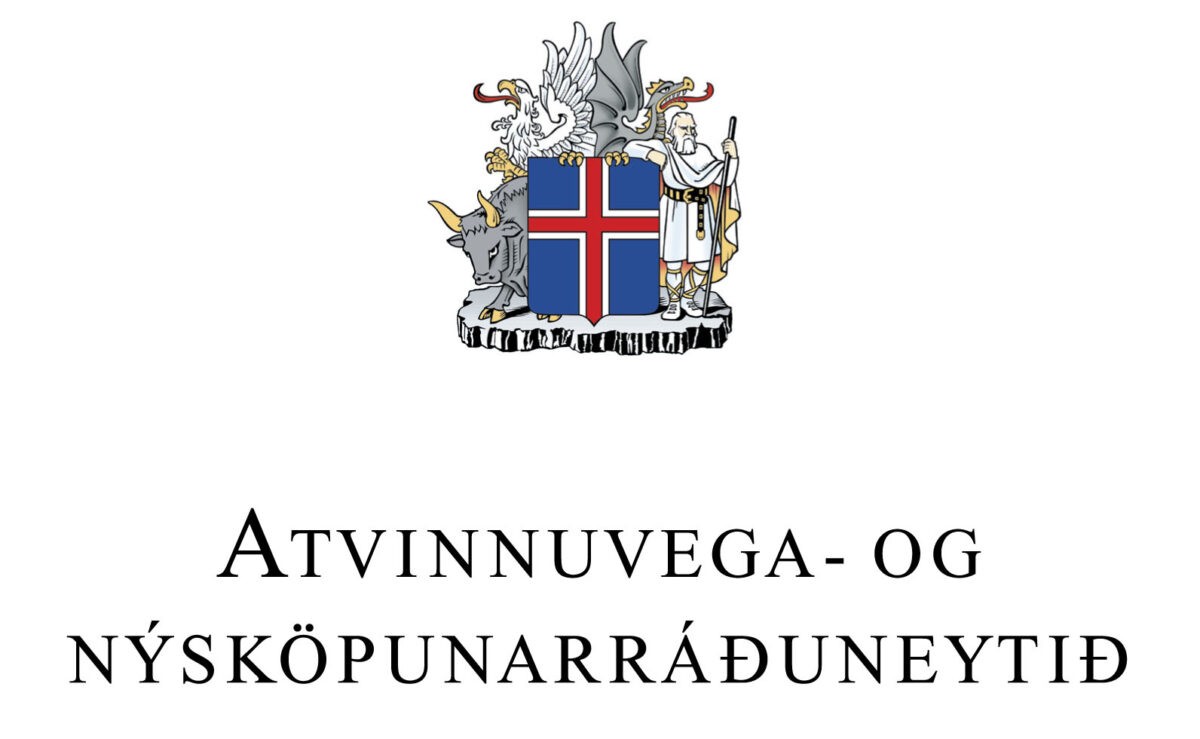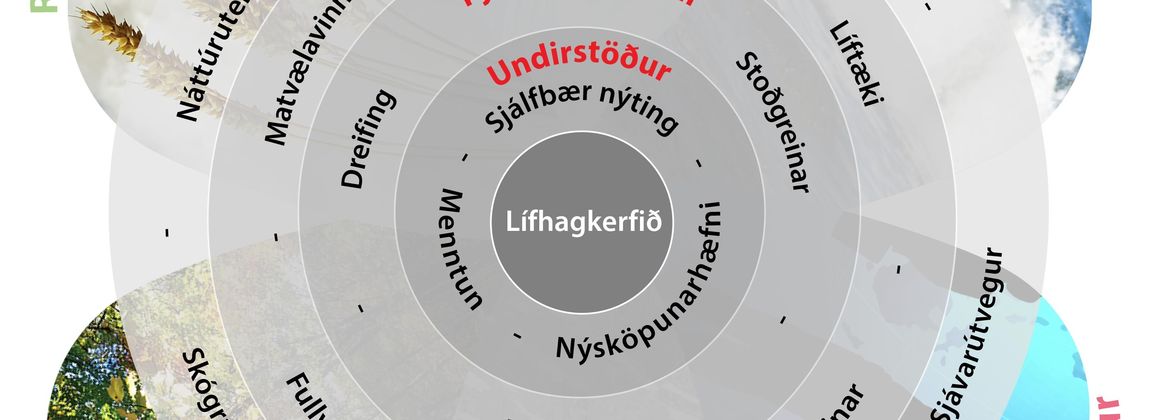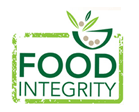Matís plays a leading role as one of the most powerful research companies in the country, leading research and collaborative projects of companies and thus strengthening national knowledge, trusting value creation and promoting improved living conditions. Integrity is of great importance to managers and employees, whether it is integrity in scientific work and research or integrity when it comes to Matís' operations and financial management.
Growth has characterized Matís from the beginning. This policy has been systematically followed after the company has progressed in international co-operation between food and research companies, in parallel with the extensive services it provides in this country. Matís' share of foreign income is just over a third and has never been higher. Increased foreign income not only contributes to increased growth, but Matís' operating base will be more solid in the future with more ways of generating income. To date, Matís has mostly worked in European countries, but in 2014, successful steps were taken into the North American market that promise good things to come in the near future.
The benefits of Matís' operations for Icelandic society are unequivocal. The company plays a leading role as one of the most powerful research companies in the country, it leads research and collaboration projects of companies and thus strengthens national knowledge, trusts value creation and promotes improved living conditions. Despite its young age, the company has already demonstrated how effective research is in society in innovation, product development, value creation and better use of resources, to name a few. Good research has directly resulted in greater value for companies and the economy.
Matís not only rises to a responsible role in research and innovation in food production in this country, but increased emphasis has been placed on the part of the company's service that deals with food safety; monitoring and measurement of food. This service is valuable to Icelandic consumers and is becoming increasingly important for the export of Icelandic food companies as the demands of foreign buyers and consumers increase.
Matís enjoys professional as well as operational trust, which is best seen by the number foreign participation projects of which the company is a member and the leading role that Matís has in many of them. A number of foreign companies also make use of Matís' research services, which also testifies to the trust it has built up in recent years. This trust is also enjoyed by companies and institutions in this country, which in many cases are Matís' partners in foreign projects. It can be said that not only does Matís itself benefit from project participation abroad, but also opens doors abroad for other domestic parties.
By its nature, the operation of Matís ohf. in many ways different from traditional public limited companies, but at Matís the goal is to utilize the funds created to further develop the operations and increase project participation. The best measure of the company's success is not least the experience that is built up within the company, professional knowledge, the level of education of the employees, the number of research projects and the results in them and other measurable factors. They form a so-called knowledge index that has never been higher within Matís than now. This fact is yet another proof that managers and employees are delivering quality work.
Everything results in the aforementioned work abroad, powerful research companies in Icelandic society. Professional knowledge and experience created in foreign projects is used in other projects that Matís is working on in Iceland. In this way it can be said that the old adage is true that every way from home is the way home.


